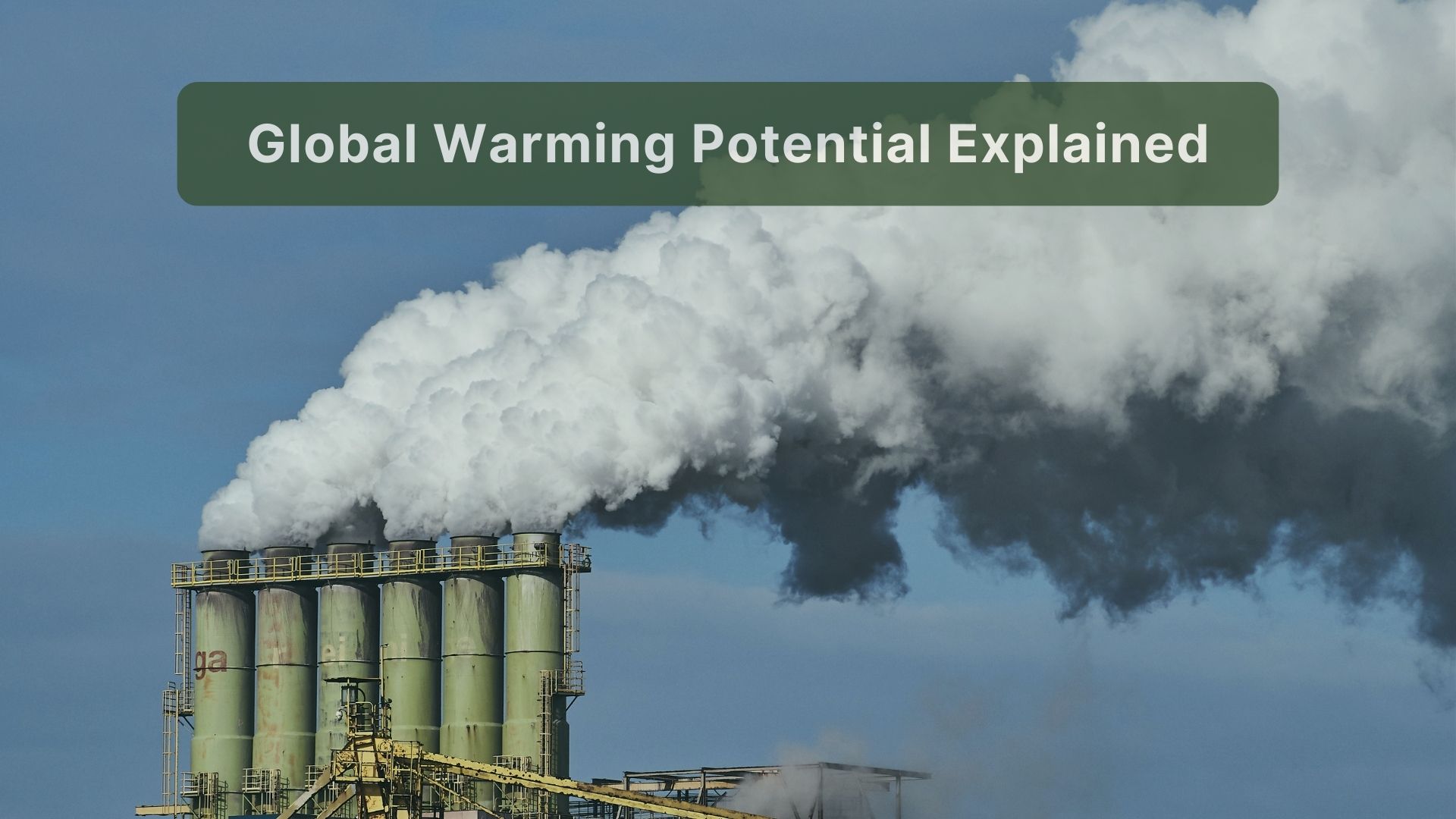Understanding the Comparison of Greenhouse Gases
Science

Greenhouse gases (GHGs) are called so because they act like the ‘greenhouse’ of the Earth - the gases absorb energy and slow the rate at which it escapes to space. Different GHGs possess different radiative efficiency (the ability to absorb energy) and lifetime (how long they stay in the atmosphere). The Earth’s surface absorbs about 48% of solar energy and the atmosphere absorbs about 23%, while the rest is reflected back to space. With natural processes, the amount of incoming and outgoing energy are kept balanced, maintaining the Earth’s temperature at normal levels. However, human activities have caused GHG amounts to increase, causing the rise in absorbed energy.
In 1990, the Intergovernmental Panel on Climate Change (IPCC) established the Global Warming Potential (GWP) that takes in both radiative efficiency and lifetime factors, allowing comparisons of global warming impacts of different GHGs. GWP is a relative measure of how much energy that 1 ton of a gas will absorb over a period of 100 years compared to carbon dioxide (CO2). Higher GWP means more warming capacity. With this unit of measurement, we can add up emission estimates of different gases and compare different emission reduction strategies. This is especially useful for creating greenhouse gas inventories of a country, organization, and process.
The GWP of major greenhouse gases are as follows:
| Greenhouse Gas | Global Warming Potential |
|---|---|
| Carbon dioxide (CO2) | 1 |
| Methane (CH4) - non-fossil | 27 |
| Methane (CH4) - fossil | 29.8 |
| Nitrous oxide (N2O) | 273 |
| Nitrogen trifluoride (NF3) | 17,400 |
| Sulfur hexafluoride (SF6) | 24,300 |
Besides that, IPCC measures the GWP of hydrofluorocarbons (HFCs) and fully fluorinated species (PFCs) which have highly variative GWP depending on the specific type of gas. The GWP of methane (CH4) also reflects its indirect effect: the formation of ozone (O3) that is also a GHG. The values of GWP are updated occasionally if there are changes in scientific estimates of energy absorption or lifetime of the gases.
Want to expand your knowledge on decarbonization and carbon market topics? Don’t miss our weekly articles on Insights page and follow our LinkedIn to stay updated 🌳
References:
Greenhouse Gas Protocol. (2024). IPCC Global Warming Potential Values. In GHG Protocol. https://ghgprotocol.org/sites/default/files/2024-08/Global-Warming-Potential-Values (August 2024).pdf
UN Environment Programme. (2022). How do greenhouse gases actually warm the planet? UNEP. https://www.unep.org/news-and-stories/story/how-do-greenhouse-gases-actually-warm-planet
United States Environmental Protection Agency. (2023). Understanding Global Warming Potentials. EPA. https://www.epa.gov/ghgemissions/understanding-global-warming-potentials

